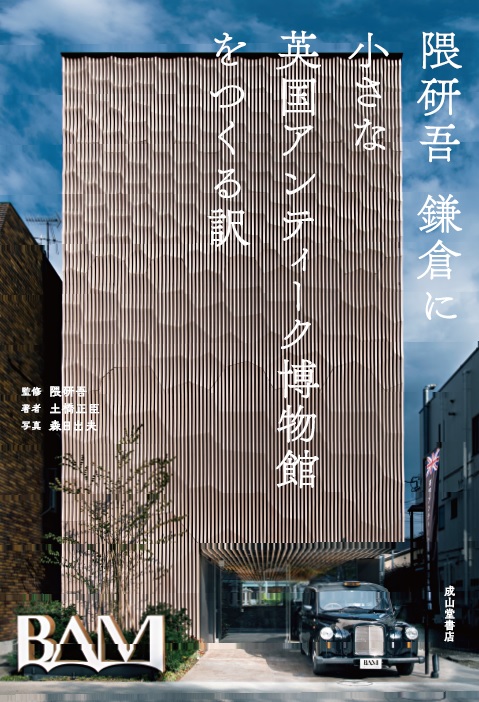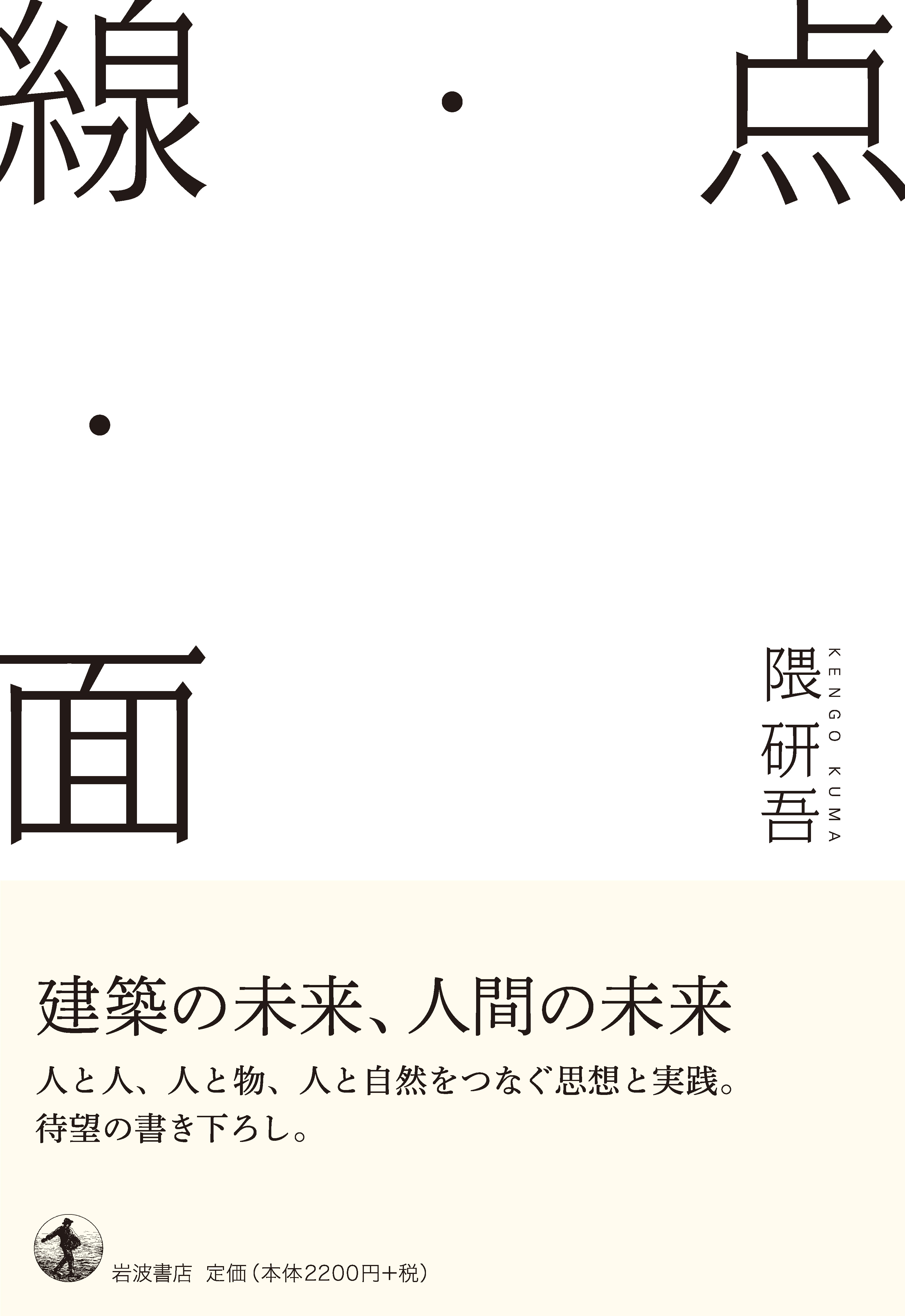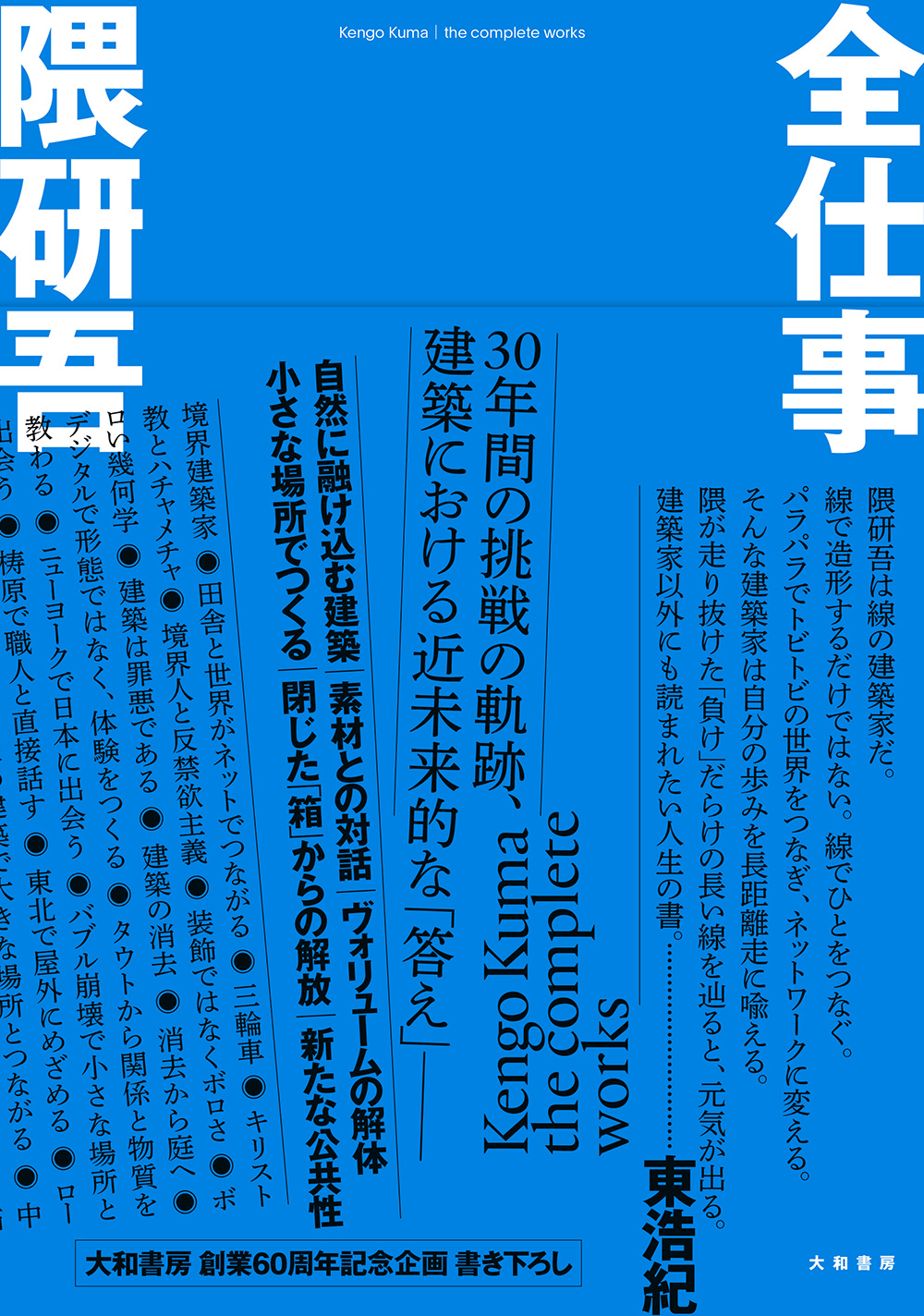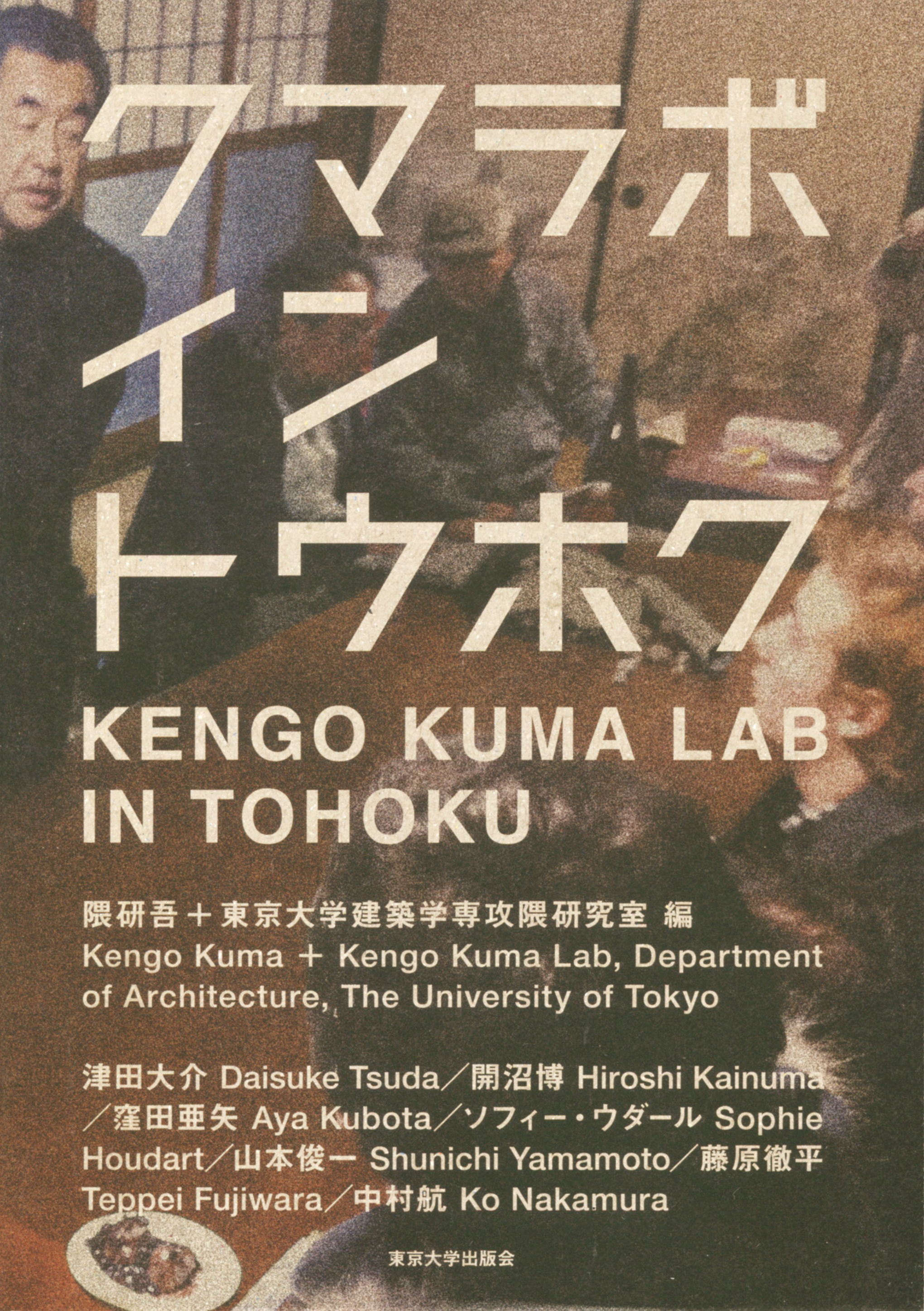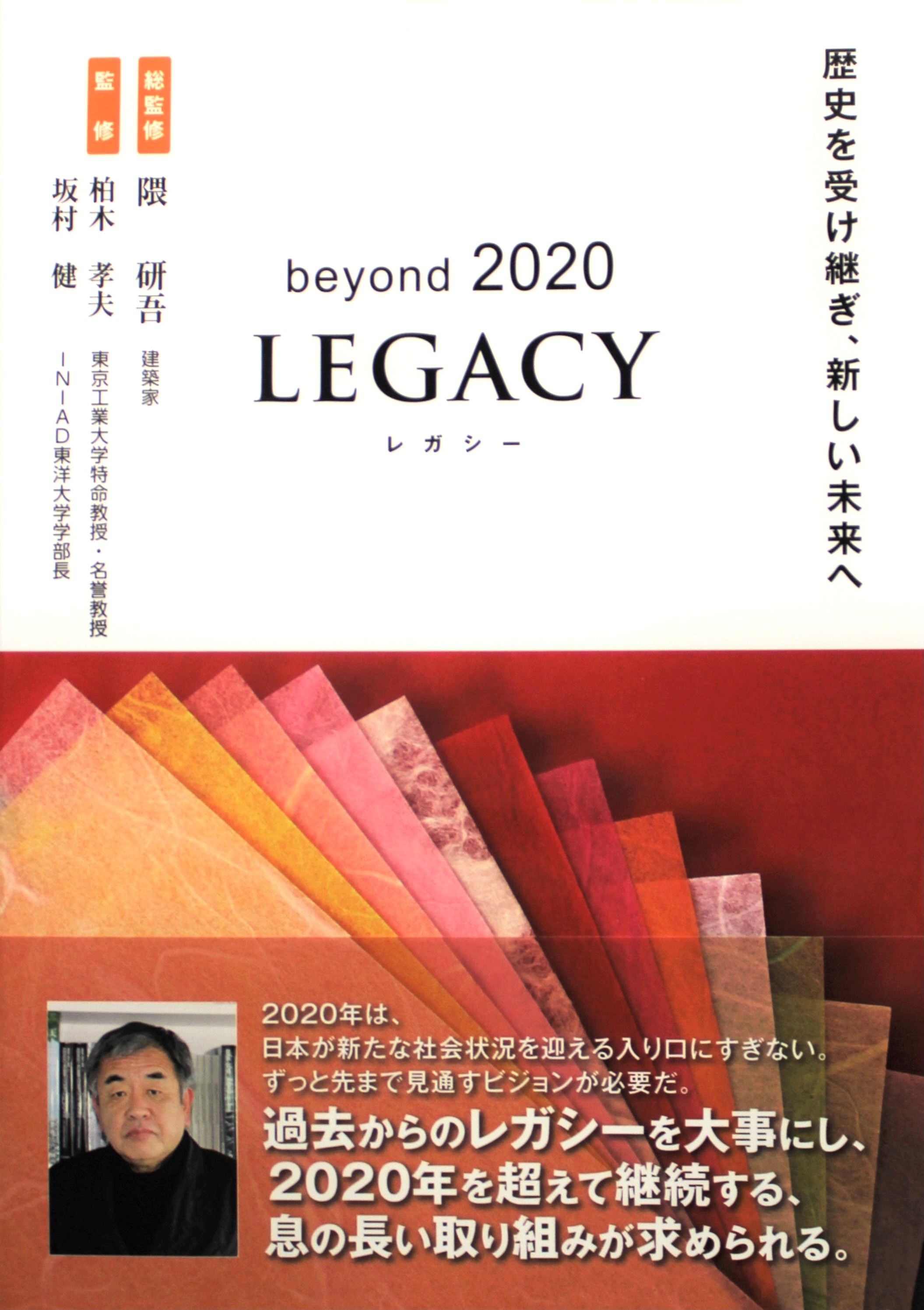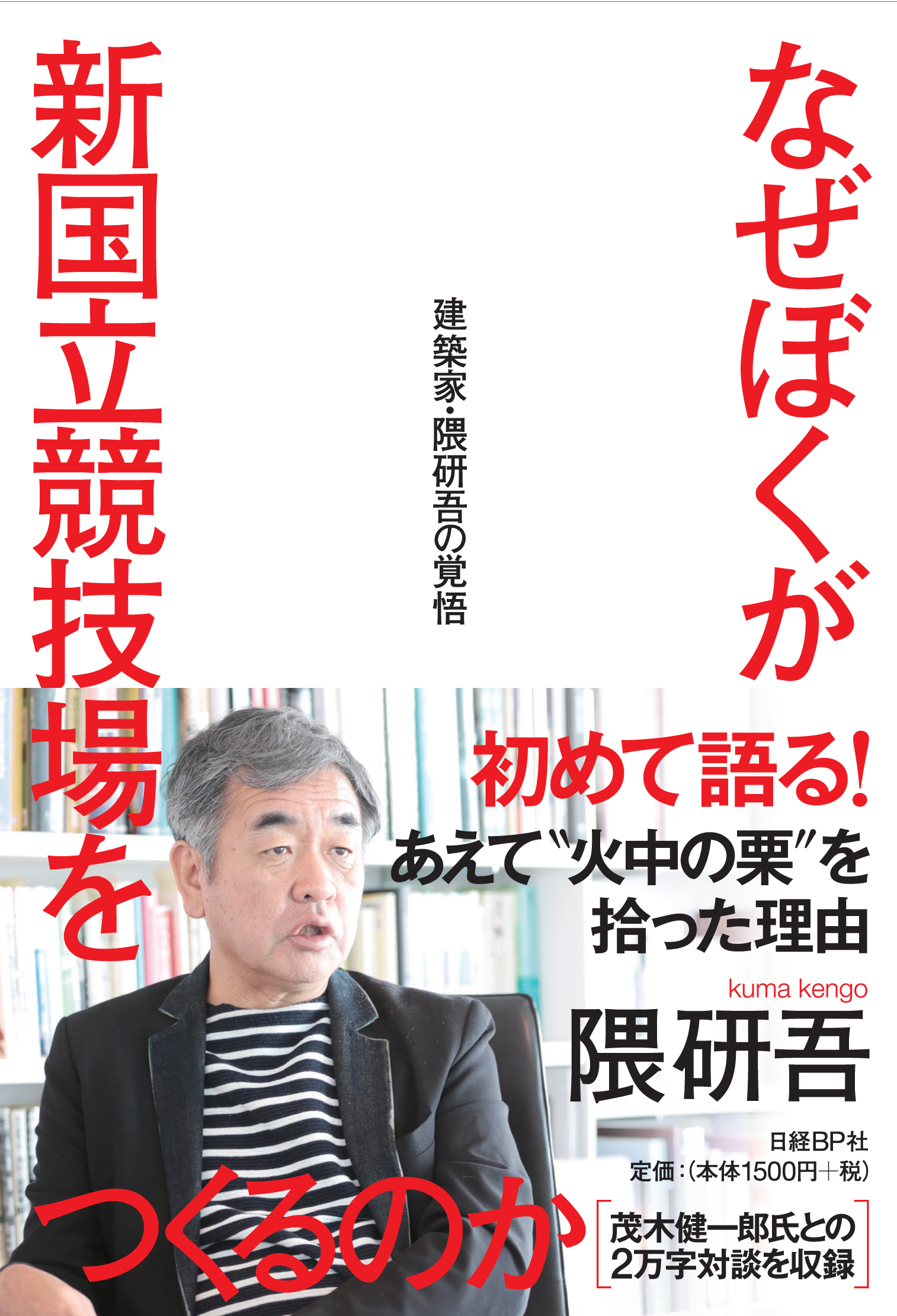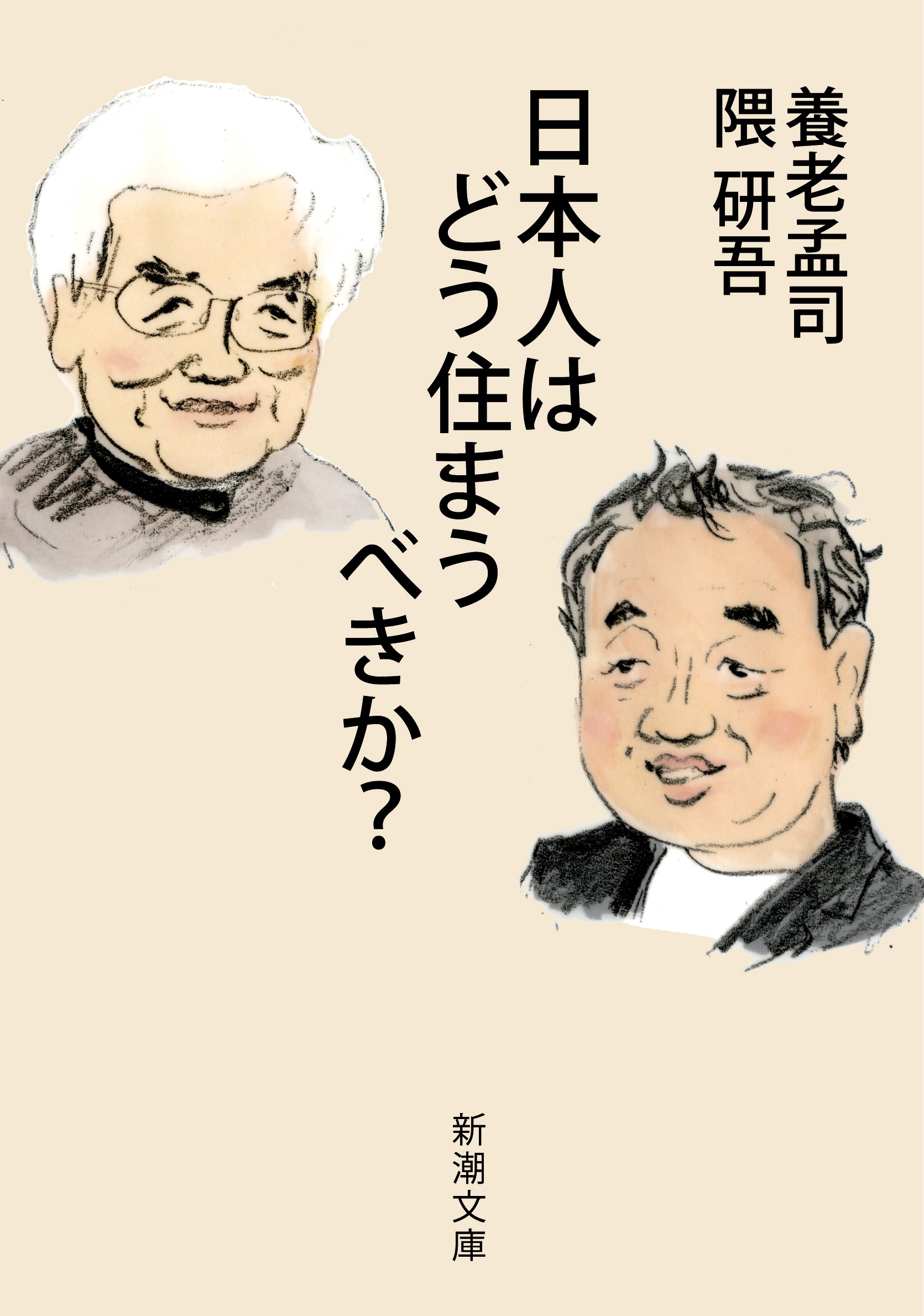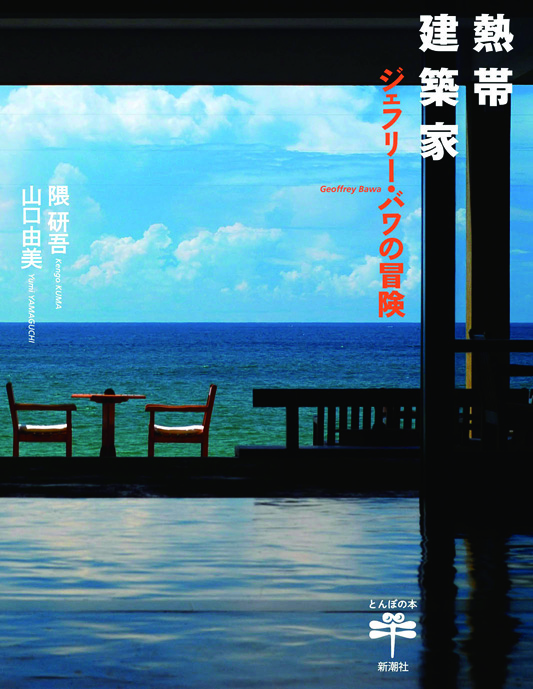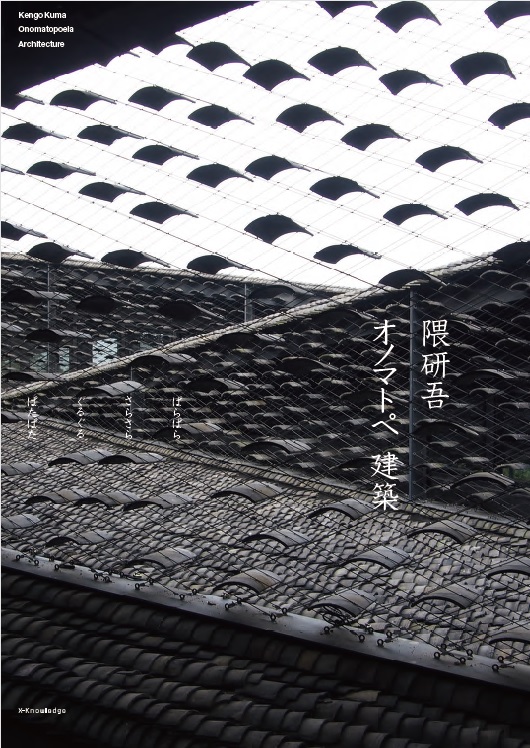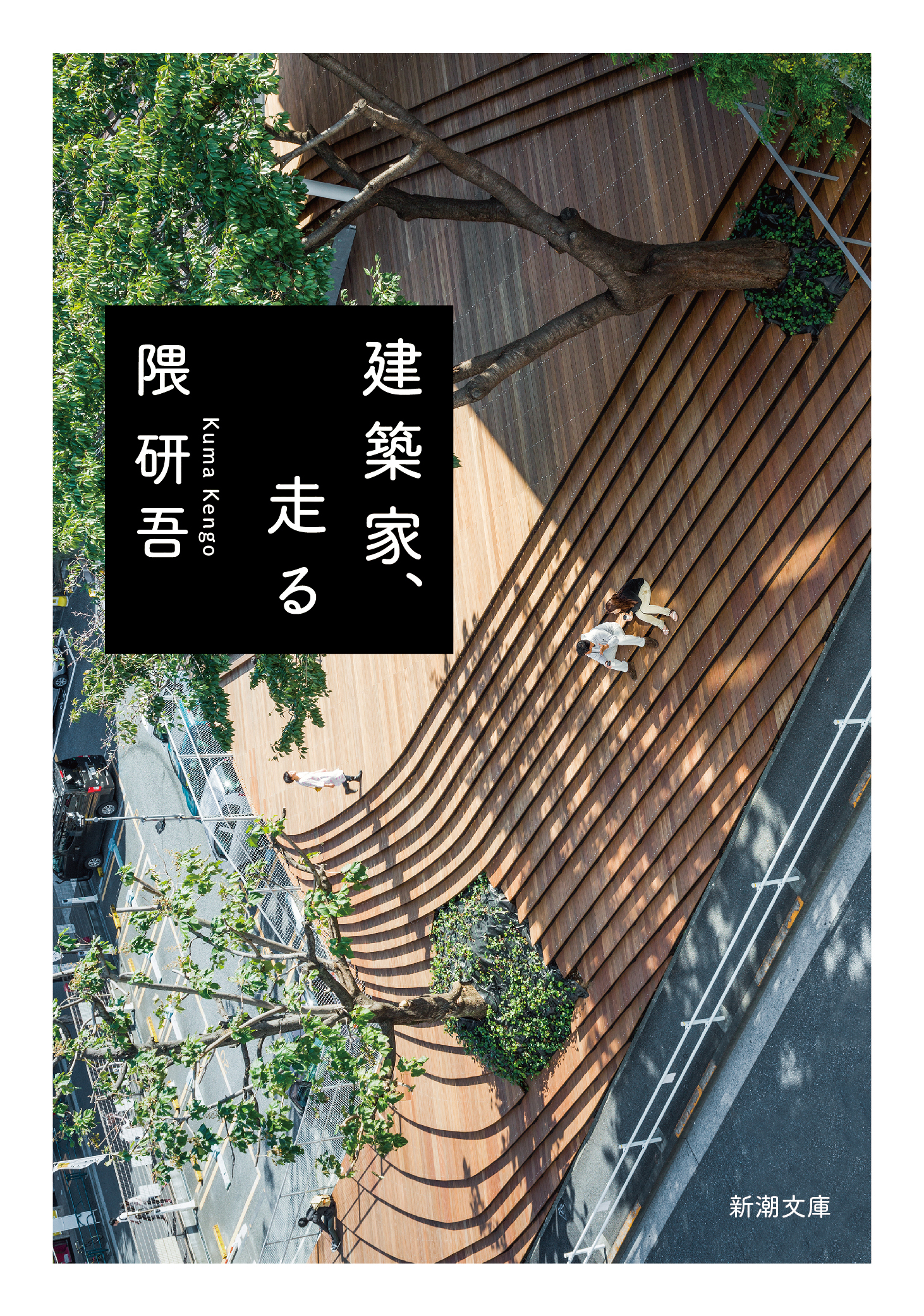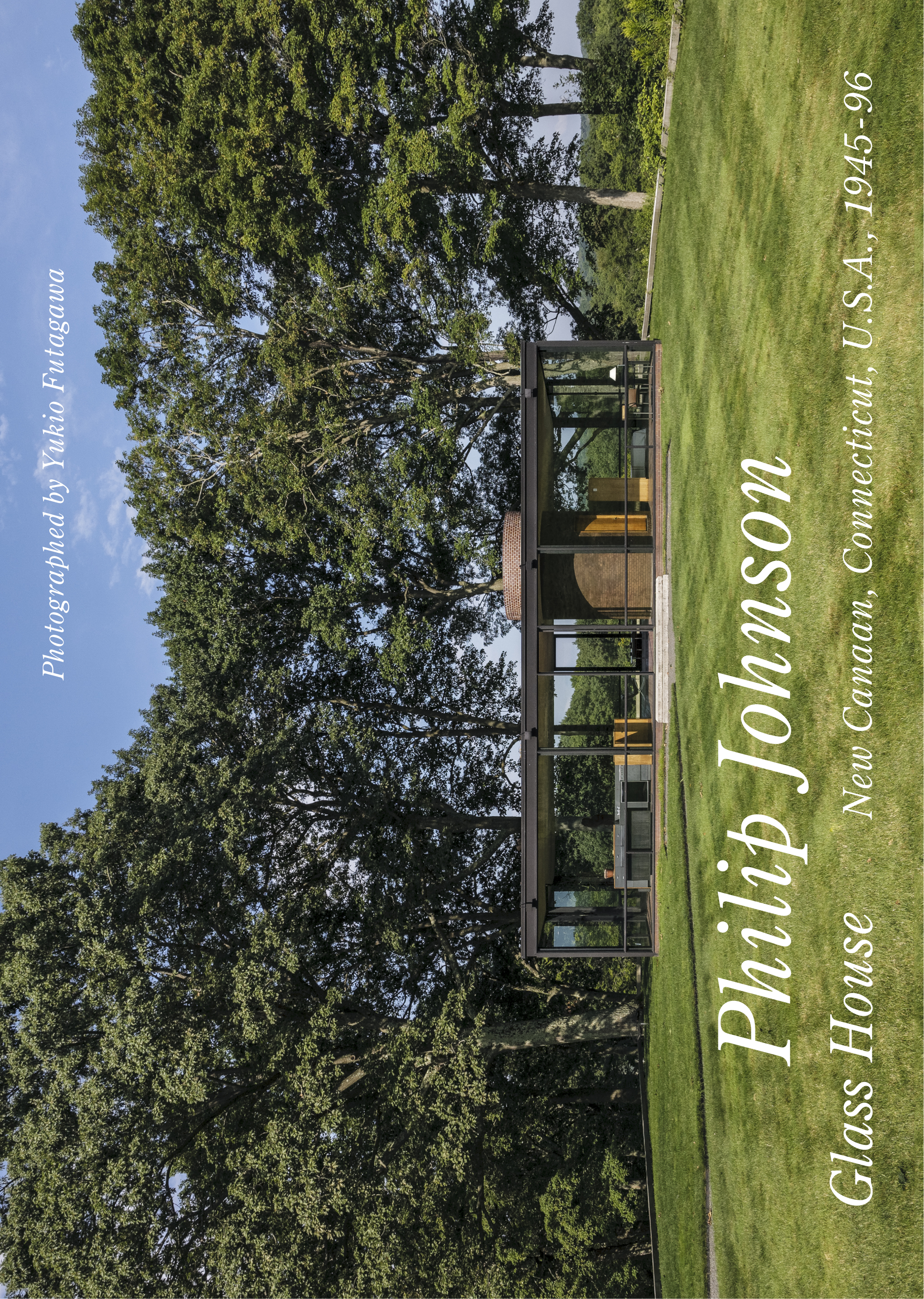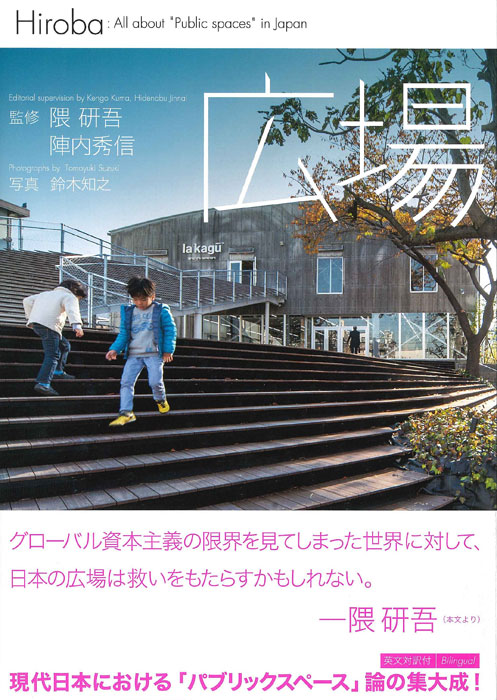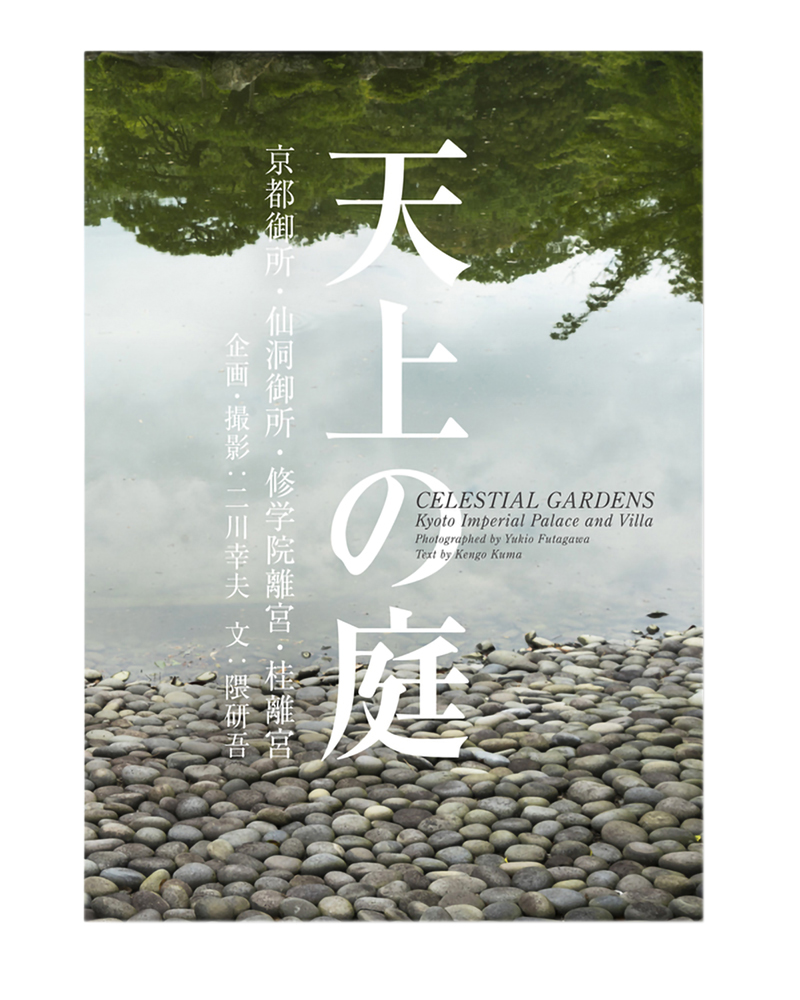
Title
Tenjo no Niwa (CELESTIAL GARDENS – Kyoto Imperial Palace and Villa)
Size
280 pages, 257x364mm
Language
Japanese, English
Released
February 24, 2017
ISBN
978-4-87140-496-9
Published by
A.D.A. EDITA Tokyo Co., Ltd.
Book Info
See Book Availability at Library
Japanese Page
The text for this final collection of photographs by Yukio Futagawa, who was Japan’s most acclaimed architectural photographer, has been contributed by me.
Futagawa was respected by the world’s architects; even the most renowned could only dream of having their works photographed by him. Futagawa made his sensational debut with a collection of photographs called Nihon no minka (The Japanese Traditional House), published in 10 volumes from 1957 to 1959. The collection shed light on village architecture that existed in Japanese rural areas—as though undisturbed. This work was one of the origins of my own architectural design. Many modern architects will explain that the refined sukiya style, which was perfected by Sen no Rikyū, was the origin of Japanese architecture. However, I dislike their pretension and am attracted to the earthiness and clutter of traditional Japanese houses. Teiji Ito, who wrote the text for Nihon no Minka, had a slightly cynical yet attractive style that was different from the usual didactic writing by architects, and I learned a lot from him.
This was Futagawa’s final collection, comprising photographs of Kyoto Imperial Palace, Sentō Imperial Palace, Shugakuin Imperial Villa, and Katsura Imperial Villa. He worked on it in the last years of his life right up to his death. When asked to write commentaries on these four gardens, I hesitated at first. I felt that while I could write about rural villages, describing imperial palace architecture—the polar opposite—was not my forte.
However, as I started looking at Futagawa’s photographs, I realized that the “Celestial Gardens” of the Imperial Household were also traditional houses. Japan does not have that kind of hierarchy. It is a flat world, and this holds true for everything—gardens, architecture, and society. It was this realization that enabled me to write smoothly and confidently.
Another important element was that Futagawa emphasized the use of the latest digital camera equipment with the highest pixel count; when he captured the gardens using such cameras, each and every leaf and twig was depicted vividly. I felt the very concept of a garden change. When photographed using conventional equipment, the garden appears like a black mass. In the 20th century, gardens featured a style wherein white shining architecture towered from within this black, dim mass.
However, the garden that Futagawa captured with the latest camera was a cluster of beautiful particles. In this sea of particles, Japanese architecture, which consists of the same kind of cluster of particles, is mixed up. In fact, I felt that the Japanese have a history of always viewing with a highly accurate eye gardens and architecture in this way. Perhaps the opportunity has come to restore the gardens and architecture distorted by inaccurate 19th and 20th century cameras to their original state.
Yukio Futagawa died while working on this photographic collection. His son, Yoshio Futagawa, continued to shoot in Kyoto to complete this beautiful photo book.
(Written by KUMA Kengo, Professor, School of Engineering / 2020)
Table of Contents
Shugakuin Imperial Villa
Katsura Imperial Villa
Sento Imperial Palace
Kyoto Imperial Palace
Afterword



 Find a book
Find a book


